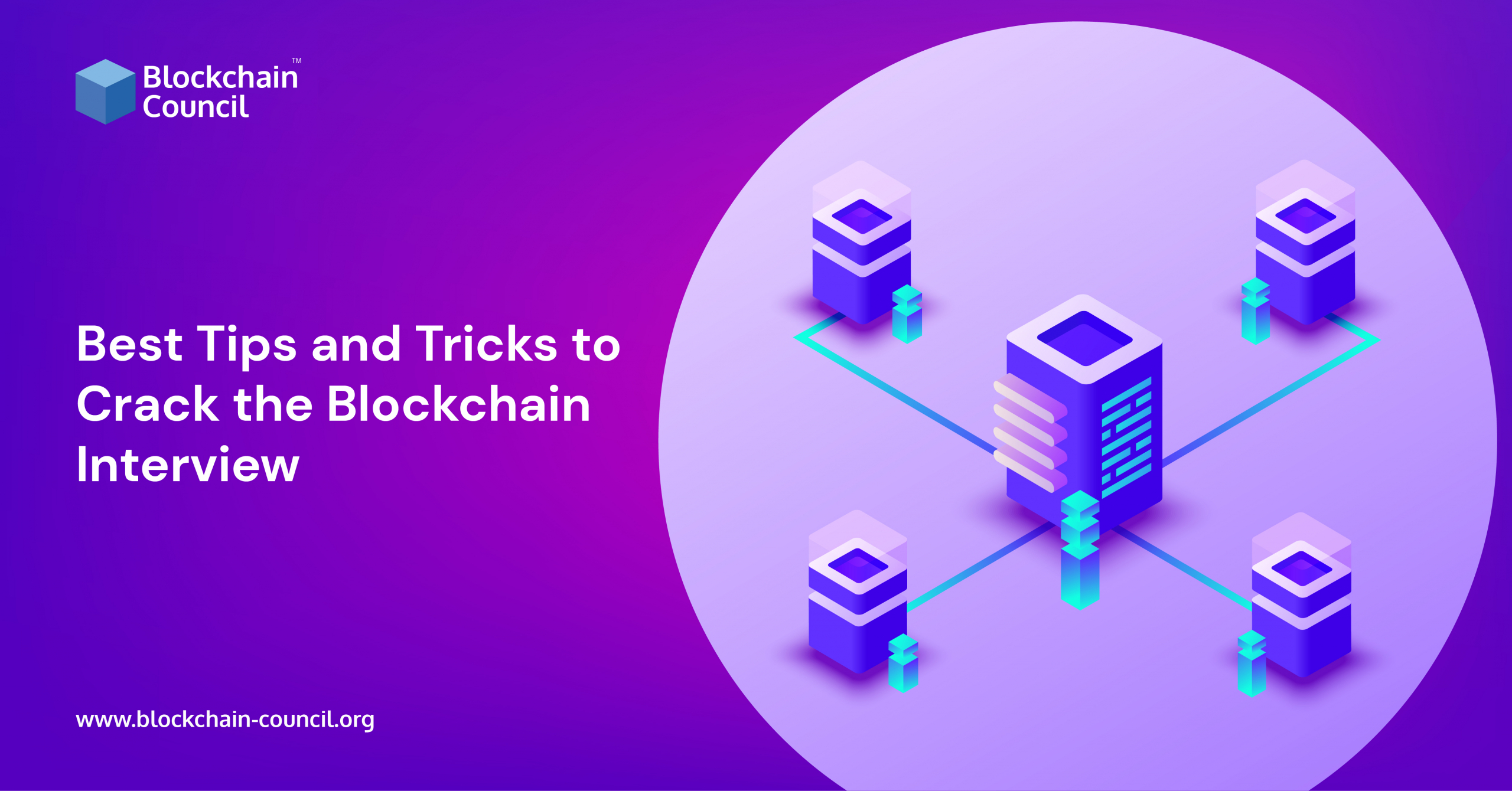
- Toshendra Kumar Sharma
- April 20, 2023
Summary:
- To ace a Blockchain interview, it's important to have a solid understanding of the basics of Blockchain technology, such as what it is, how it works, and its applications in various industries. You should be able to explain complex Blockchain concepts in simple terms.
- The Blockchain industry is constantly evolving, and you should be aware of the latest developments, such as new Blockchain platforms, protocols, and applications.
- Follow industry leaders and stay abreast of the latest news and trends.
- When preparing for a Blockchain interview, it's important to highlight your relevant skills and experience, such as experience in coding, cryptography, or distributed systems.
- You should also be able to demonstrate your ability to work collaboratively and communicate effectively.
- Employers in the Blockchain industry are often looking for candidates who are passionate about the technology and its potential to transform various industries.
- Be sure to convey your enthusiasm for the industry and demonstrate your commitment to staying up-to-date with the latest developments.
- Employers in the Blockchain industry a Blockchain interview, you can expect to be asked technical questions related to your skills and experience Be sure to convey your enthusiasm for the industry and demonstrate your commitment to staying up-to-date with the latest developments.are often looking for candidates who are passionate about the technology and its potential to transform various industries.
- Be prepared to answer questions related to consensus algorithms, smart contracts, and Blockchain security.
If you’re someone who’s interested in the world of finance and technology, then you’re probably well aware of the buzz surrounding Blockchain. This groundbreaking technology has transformed the way we conduct transactions, and it has disrupted numerous industries in the process. It’s no surprise that more and more companies are looking for experts in the field to help them navigate this new landscape. As a result, the demand for Blockchain experts is at an all-time high. However, landing a job in this industry can be a daunting task, especially when it comes to acing the interview. That’s why we’re here to help you out.
In this article, we’ll provide you with 5 tips and tricks to help you succeed, including everything from researching the company and its products to understanding the technology behind Blockchain. By following these tips, you’ll be well on your way to impressing any potential employer and landing your dream job in the Blockchain industry.
Tip 1: Know Your Terminology
If you are preparing for a Blockchain interview, then knowing the right terminology can give you an edge over other candidates.
Blockchain-related Terminologies:
Blockchain: A Blockchain is a decentralized, distributed digital ledger that records transactions in a secure and transparent manner. Each block in the Blockchain contains a set of transactions that are cryptographically secured, making it tamper-resistant. Once a block is added to the chain, it cannot be altered without invalidating the entire chain, providing a high level of security.
Consensus mechanism: The consensus mechanism is a set of rules that allows all nodes in the network to agree on the state of the ledger. It ensures that all transactions are verified and agreed upon by all nodes, preventing any fraudulent activities. There are various consensus mechanisms used in different Blockchain networks, such as proof of work, proof of stake, delegated proof of stake, and others.
Distributed ledger: A distributed ledger is a type of ledger that is spread across multiple nodes, making it difficult to tamper with. Each node in the network has a copy of the ledger, and any changes made to one node’s copy are verified and updated on all other nodes’ copies, ensuring transparency and integrity.
Smart contract: A smart contract is a self-executing contract that is programmed to automatically execute when certain conditions are met. It eliminates the need for intermediaries, such as lawyers or banks, by executing the terms of the contract automatically when specific conditions are fulfilled. Smart contracts are stored on the Blockchain, ensuring that they are tamper-resistant and transparent.
Node: A node is a computer that participates in the Blockchain network by storing and verifying transactions. Each node maintains a copy of the ledger and verifies transactions by checking their validity and consensus among other nodes.
Also read: Blockchain Nodes | Detailed Guide
Hash: A hash is a unique alphanumeric code that represents a block of transactions. Each block in the Blockchain contains a unique hash, which is calculated based on the contents of the block. Any changes made to the contents of the block will result in a new hash, invalidating the previous hash, and the chain of blocks after that.
Cryptocurrency-related Terminologies:
Cryptocurrency: A cryptocurrency is a digital asset that uses cryptography to secure transactions and to control the creation of new units. Cryptocurrencies are decentralized, meaning that they are not controlled by any central authority or government, and are based on Blockchain technology
Also read: Top 5 Ways To Recover Funds From Crypto Currency Scam
Bitcoin: Bitcoin is the first and most popular cryptocurrency, introduced in 2009 by an unknown individual or group of individuals under the pseudonym Satoshi Nakamoto. Bitcoin uses a proof-of-work consensus mechanism and has a limited supply of 21 million bitcoins.
Altcoin: Any cryptocurrency other than Bitcoin is referred to as an altcoin. There are thousands of altcoins, each with its own unique features, characteristics, and use cases.
Mining: Mining is the process of verifying transactions and adding them to the Blockchain. Miners solve complex mathematical problems to verify transactions and add new blocks to the chain. Miners are rewarded with newly minted cryptocurrency and transaction fees.
Wallet: A cryptocurrency wallet is a digital wallet that stores your cryptocurrencies. It stores your public and private keys, allowing you to send and receive cryptocurrencies. There are various types of wallets, such as desktop wallets, mobile wallets, web wallets, and hardware wallets.
Fork: A fork is a split in the Blockchain that creates two separate chains. A fork can occur when there is a disagreement among nodes about the rules of the network or when a new feature or update is introduced. There are two types of forks, soft fork and hard fork. A soft fork is a backward-compatible upgrade, while a hard fork is a non-backward-compatible upgrade.
Technical Terminologies:
Hash function: A hash function is a mathematical function that takes an input (usually a message or data) and generates a fixed-size output, known as a hash. The hash function is designed to be a one-way function, meaning that it is easy to compute the hash value from the input data, but it is practically impossible to generate the input data from the hash value. Hash functions are widely used in Blockchain technology to generate the unique hash of each block in the chain.
Public key cryptography: Public key cryptography is a cryptographic system that uses a pair of keys (a public key and a private key) to secure communication. The public key is shared with everyone, while the private key is kept secret. Any message encrypted with the public key can only be decrypted with the corresponding private key, ensuring secure communication.
Distributed consensus: Distributed consensus is the process of achieving a common agreement among multiple nodes in a network. In the Blockchain, distributed consensus is achieved through the consensus mechanism, which ensures that all nodes agree on the state of the ledger.
Proof of work: Proof of work is a consensus mechanism used in some Blockchain networks, such as Bitcoin. It involves miners solving complex mathematical problems to verify transactions and add new blocks to the chain. The first miner to solve the problem is rewarded with newly minted cryptocurrency and transaction fees.
Proof of stake: Proof of stake is a consensus mechanism used in some Blockchain networks, such as Ethereum. It involves users staking their cryptocurrency to become validators and participate in the consensus process. Validators are selected based on the amount of cryptocurrency they have staked, and the chances of being selected increase with the amount of cryptocurrency staked.
Gas: Gas is a unit of measurement used to calculate the cost of transactions on the Ethereum network. Each operation in a smart contract requires a certain amount of gas, which is paid in Ether (the native cryptocurrency of the Ethereum network). The higher the complexity of the operation, the more gas it requires, and the higher the transaction fee.
Become a Certified Blockchain Expert™
Tip 2: Understand the Core Concepts
If you’re preparing for a Blockchain interview, it’s essential to have a clear understanding of the core concepts that underpin this innovative technology.
Consensus Algorithms
Consensus algorithms are at the heart of the Blockchain technology. They are the protocols that enable distributed networks of computers to agree on the state of the ledger. There are several consensus algorithms, including Proof of Work (PoW), Proof of Stake (PoS), Delegated Proof of Stake (DPoS), and Byzantine Fault Tolerance (BFT).
PoW is the most widely used consensus algorithm, and it requires miners to perform complex computations to solve mathematical problems. The first miner to solve the problem gets to create the next block and is rewarded with cryptocurrency. PoS, on the other hand, doesn’t require miners to perform computations. Instead, it uses a random selection process to choose validators who confirm transactions and create new blocks.
Mining and Block Creation
Mining is the process of creating new blocks on the Blockchain. It involves solving complex mathematical problems to verify transactions and add them to the Blockchain. Miners are rewarded with cryptocurrency for their efforts.
Block creation is the process of creating a new block on the Blockchain. Each block contains a set of transactions and a unique hash that links it to the previous block. The hash also serves as a proof of work, ensuring that the block is valid and has not been tampered with.
The creation of a new block is a crucial part of the Blockchain process. It requires a significant amount of computational power and resources, making it a resource-intensive process. However, this resource-intensive process ensures the security and immutability of the Blockchain.
Public and Private Blockchains
Public and private Blockchains are two different types of Blockchain networks. Public Blockchains, like Bitcoin and Ethereum, are open to anyone and are not controlled by a single entity. They are decentralized and rely on consensus algorithms to ensure the security and immutability of the network
Private Blockchains, on the other hand, are closed networks that are controlled by a single entity or organization. They are often used for internal processes and do not require the same level of consensus as public Blockchains.
Smart Contracts
Smart contracts are self-executing contracts that are stored on the Blockchain. They contain code that can automatically execute when certain conditions are met. Smart contracts are becoming increasingly popular because they allow for the automation of complex processes and reduce the need for intermediaries.
Smart contracts can be used for a wide range of applications, including financial transactions, supply chain management, and identity verification. They are a powerful tool for increasing the efficiency and security of business processes.
Also read: Top 30 Interview Questions for Ethereum & Smart Contracts
Forks and Hard Forks
Forks occur when a Blockchain diverges into two separate chains. This can happen for several reasons, including changes to the consensus algorithm or a disagreement within the community. A hard fork is a more significant change that creates a new Blockchain that is incompatible with the previous one.
Forks can be contentious and can lead to the creation of new cryptocurrencies. They can also result in a loss of trust and confidence in the network. However, forks can also be a necessary step for the evolution and improvement of the Blockchain.
Tip 3: Be Familiar with the Technical Aspects
If you are looking to crack a Blockchain interview, you must have a strong grip on the technical aspects of the technology.
Programming Languages for Blockchain
Solidity is the most popular programming language used for building smart contracts on Ethereum Blockchain. It is a high-level language that has similarities with JavaScript and C++. Solidity is used to write code that is executed on the Ethereum Virtual Machine (EVM). Some of the key features of Solidity include inheritance, modifiers, and events. Inheritance allows smart contracts to reuse code from other contracts, while modifiers enable developers to apply preconditions to functions. Events are used to notify external systems when specific actions occur on the Blockchain.
C++ is another popular programming language used in Blockchain development, particularly in projects such as Bitcoin and EOS. C++ is a low-level language that provides developers with more control over memory management and performance. It is often used for building the core Blockchain infrastructure and optimizing performance.
Go is a programming language that is gaining popularity in the Blockchain community. It was developed by Google and is designed to be efficient and concurrent. Go is used in Blockchain projects such as Hyperledger Fabric, which is a permissioned Blockchain framework used for building enterprise applications.
Rust is a systems programming language that is becoming more popular in Blockchain development due to its security and performance features. Rust is known for its memory safety guarantees, which help prevent common security vulnerabilities such as buffer overflows and null pointer dereferences. Rust is used in Blockchain projects such as Polkadot, which is a multi-chain framework for building interoperable Blockchains.
Databases and Storage
Blockchain technology uses a distributed ledger to store data across a network of nodes. The data is stored in blocks that are linked together in a chain. The choice of database and storage technology can have a significant impact on the performance and scalability of a Blockchain network.
Distributed databases such as Apache Cassandra and MongoDB are commonly used in Blockchain development due to their scalability and fault-tolerance features. These databases allow developers to store data across multiple nodes, which helps improve performance and ensures that the system remains operational even if one or more nodes fail.
File systems such as IPFS (InterPlanetary File System) are used for storing and sharing large files in a decentralized manner. IPFS is a peer-to-peer file sharing system that allows developers to store and share files across a network of nodes. IPFS is widely used in Blockchain projects such as Filecoin, which is a decentralized storage network.
Security and Encryption
Security and encryption are critical aspects of Blockchain technology. Public key cryptography is used to secure transactions in a Blockchain network. Public key cryptography involves the use of public and private keys to encrypt and decrypt data.
In a Blockchain network, each participant has a public and private key. The public key is used to encrypt data, while the private key is used to decrypt it. When a transaction is made on the Blockchain network, it is digitally signed using the sender’s private key. The transaction is then broadcast to the network, and each node verifies the transaction’s signature using the sender’s public key.
Consensus mechanisms are used to ensure the integrity of the Blockchain network. Consensus mechanisms such as Proof of Work (PoW) and Proof of Stake (PoS) are commonly used in Blockchain networks.
PoW is used in Bitcoin and requires nodes to solve complex mathematical problems to validate transactions and add them to the Blockchain. PoS is used in Ethereum and requires nodes to hold a certain amount of cryptocurrency to validate transactions and add them to the Blockchain. These mechanisms help prevent attacks such as double-spending and ensure that the Blockchain network remains secure.
Nodes and Peer-to-Peer Network
Nodes are computers that are connected to a Blockchain network and store a copy of the Blockchain ledger. They validate transactions and participate in the consensus process. In a Blockchain network, each node communicates with other nodes in a peer-to-peer network. This peer-to-peer network enables nodes to share information and reach consensus on the state of the Blockchain.
There are two main types of nodes in a Blockchain network: full nodes and light nodes. Full nodes store a complete copy of the Blockchain and validate transactions. They are critical for the security and decentralization of the network. Light nodes, also known as thin clients, do not store a complete copy of the Blockchain but rely on full nodes to provide them with the necessary information.
The choice of network topology can have a significant impact on the performance and security of a Blockchain network. In a centralized network, all nodes communicate with a central authority, which can introduce a single point of failure. In a decentralized network, nodes communicate directly with each other, which helps improve the network’s fault tolerance and security.
Tip 4: Follow Blockchain News and Trends
In today’s world, keeping up with the latest trends and news is crucial to succeed in any industry, especially in the Blockchain industry.
Understanding the Market Trends:
When it comes to understanding the market trends in the Blockchain industry, it’s essential to keep an eye on the key players and the projects they’re working on. This will give you an idea of where the industry is headed and what the key areas of focus are.
One trend that has emerged in recent years is the move towards enterprise Blockchain solutions. Companies are increasingly looking to leverage Blockchain technology to improve efficiency, security, and transparency in their operations. This has led to the development of a range of enterprise Blockchain platforms, such as Hyperledger Fabric and Corda.
Another trend to watch out for is the increasing adoption of Blockchain technology in the finance industry. Blockchain-based solutions are being used to streamline processes such as cross-border payments and trade finance. This trend is likely to continue as more financial institutions look to leverage Blockchain to reduce costs and increase efficiency.
Up-to-date Knowledge on Blockchain News:
Keeping yourself up-to-date with the latest Blockchain news is crucial if you want to make a great impression in your Blockchain interview. One great resource for staying informed is the Blockchain Council’s blog. Blockchain Council also covers all the latest news in the Blockchain domain. However, there are also other resources you can use to stay informed, such as industry publications and social media.
Some of the key topics you should be familiar with include Blockchain development, Blockchain adoption, and Blockchain use cases. You should also be aware of any regulatory changes that are affecting the Blockchain industry, as these can have a significant impact on the development and adoption of Blockchain solutions.
Familiarity with Emerging Technologies:
As mentioned earlier, Blockchain technology is not limited to cryptocurrencies. There are a wide range of emerging technologies that are leveraging Blockchain, and being familiar with these technologies can help you understand how Blockchain can be applied to different use cases.
One technology that is increasingly being used in conjunction with Blockchain is artificial intelligence (AI). AI can be used to automate processes and improve the efficiency of Blockchain-based solutions. For example, AI-powered chatbots can be used to handle customer queries in Blockchain-based customer service platforms.
Another emerging technology that is closely related to Blockchain is the Internet of Things (IoT). IoT devices can be used to generate data that can be stored on a Blockchain, providing a secure and transparent way of sharing and analyzing data. For example, IoT sensors can be used to track the supply chain of goods, ensuring that they are sourced ethically and sustainably.
Tip 5: Practice, Practice, Practice
Utilize Online Resources
As mentioned earlier, the Blockchain Council’s blog is an excellent resource for learning about Blockchain technology. However, there are many other online resources that can help you expand your knowledge.
One resource worth exploring is the Ethereum website. Ethereum is one of the most widely used Blockchain platforms, and their website offers a wealth of information about the technology, including a developer’s guide, documentation, and tutorials.
Another useful resource is the Hyperledger website. Hyperledger is an open-source project that aims to create enterprise-grade Blockchain solutions. Their website offers information on the different Hyperledger projects, including Fabric, Sawtooth, and Indy, as well as tutorials and documentation.
Also read: Top Blockchain Expert Interview Questions for Beginners
Taking advantage of online courses and certifications is also a great way to improve your knowledge of Blockchain technology. There are several free guides, videos & infographics offered by the Blockchain Council. Below are some certifications offered by the Blockchain Council that will help you land your dream Blockchain job:
Certified Blockchain Expert™
The program is structured to provide a comprehensive understanding of Blockchain technology, starting from the basics and moving towards more advanced topics. You will learn about the various types of Blockchains, including public, private, and consortium Blockchains, and their use cases. The course duration for this program is eight hours, which is a reasonable amount of time to cover all the essential topics related to Blockchain technology. The self-paced access mode also ensures that you can learn at your own pace and schedule.
Certified Blockchain Expert™ is suitable for anyone who wants to learn everything there is to know about enterprise Blockchains and how they can be used in their desired sector. Whether you are an entrepreneur, a developer, or a business professional, this certification will provide you with a competitive edge.
Certified Blockchain Architect™
Certified Smart Contract Auditor™
This certification is essential for anyone looking to become a skilled, intelligent contract auditor and secure the credibility of the protocol and the project team behind it. With a certification validity of a lifetime, successful completion of the Certified Smart Contract Auditor™ certification will enable you to identify and rectify potential vulnerabilities in any smart contract. The course lasts 10 hours, and the certification exam can be taken online with self-paced access mode.
Certified Blockchain Developer™
The program covers a range of topics, including Ethereum, IPFS, Hyperledger, and R3 Corda, allowing you to gain insights into some of the most popular Blockchain platforms out there. You'll also learn how to deploy Ethereum smart contracts on Hyperledger Fabric, giving you a solid foundation in practical Blockchain development. The exam for the program is conducted online, making it accessible from anywhere in the world, and the course duration is just 15 hours, allowing you to gain a comprehensive understanding of Blockchain technology without committing too much time.
Participate in Hackathons and Competitions
Participating in hackathons and competitions is an excellent way to gain hands-on experience with Blockchain technology. These events provide a platform for developers to come together and build innovative solutions to specific problems.
Hackathons typically last anywhere from 24 to 72 hours, and participants work together in teams to create working prototypes or proof-of-concept applications. These events are an excellent opportunity to work with other developers, share knowledge and experience, and learn new skills.
There are several Blockchain hackathons and competitions held throughout the year, such as the Ethereum hackathon, which is organized by the Ethereum Foundation, and the ConsenSys hackathon, which is organized by ConsenSys.
Competitions are another great way to showcase your skills and gain recognition in the Blockchain community. For example, the Blockchain Challenge, which is organized by the International Blockchain Congress, invites participants to submit innovative Blockchain-based solutions for a chance to win a prize.
Develop a Project or Contribute to Open-Source Projects
Developing a Blockchain project is an excellent way to demonstrate your technical skills and creativity. When building a Blockchain project, you will need to be familiar with several programming languages, such as Solidity for Ethereum or Go for Hyperledger Fabric. You will also need to have a good understanding of Blockchain architecture, consensus algorithms, and smart contract development.
Contributing to open-source projects is another way to gain practical experience and demonstrate your skills to potential employers. Open-source projects are software projects that are freely available and can be modified and distributed by anyone. Contributing to open-source projects demonstrates your ability to work in a team and collaborate with other developers.
There are several open-source Blockchain projects that you can contribute to, such as Hyperledger Fabric, Ethereum, Corda, and Quorum. Contributing to these projects can help you gain experience in Blockchain development, network with other developers, and build your portfolio.
Conclusion
As we come to the end of this article, we hope you’ve gained valuable insights into how to prepare for and succeed in a Blockchain interview. With the increasing demand for Blockchain experts, mastering the skills needed for the job is crucial. It’s important to remember that Blockchain is still an emerging technology, and there is always room for growth and learning. Being open-minded, curious, and adaptable can set you apart from other candidates and help you succeed in your Blockchain career.
Frequently Asked Questions
Commonly asked questions in a Blockchain interview include queries on the basics of Blockchain technology, its advantages and disadvantages, consensus algorithms, smart contracts, scalability issues, and security concerns. Interviewers may also ask about your experience with Blockchain platforms like Ethereum and Hyperledger Fabric, as well as your programming and problem-solving skills.
You can showcase your skills and knowledge during the interview by preparing beforehand and being able to articulate complex Blockchain concepts in simple terms. Be ready to give examples of your past projects and achievements related to Blockchain development. Highlight your problem-solving abilities, communication skills, and ability to work in a team environment. Additionally, it’s essential to have hands-on experience with popular Blockchain platforms and demonstrate your programming proficiency in languages such as Solidity and JavaScript.
Staying up-to-date with the latest Blockchain developments requires keeping tabs on industry news, attending conferences and workshops, and reading relevant books and research papers. Joining online Blockchain communities and following social media accounts of industry leaders and influencers can also provide valuable insights. Additionally, experimenting with Blockchain platforms and contributing to open-source projects can help you stay up-to-date with the latest industry trends.
Solidity is the most commonly used programming language for developing smart contracts on the Ethereum Blockchain. However, other programming languages such as JavaScript, Python, and Go are also essential for developing Blockchain applications. It’s important to have a strong understanding of the programming languages relevant to the Blockchain platform you’ll be working on, as well as a solid understanding of cryptography and cybersecurity.

































































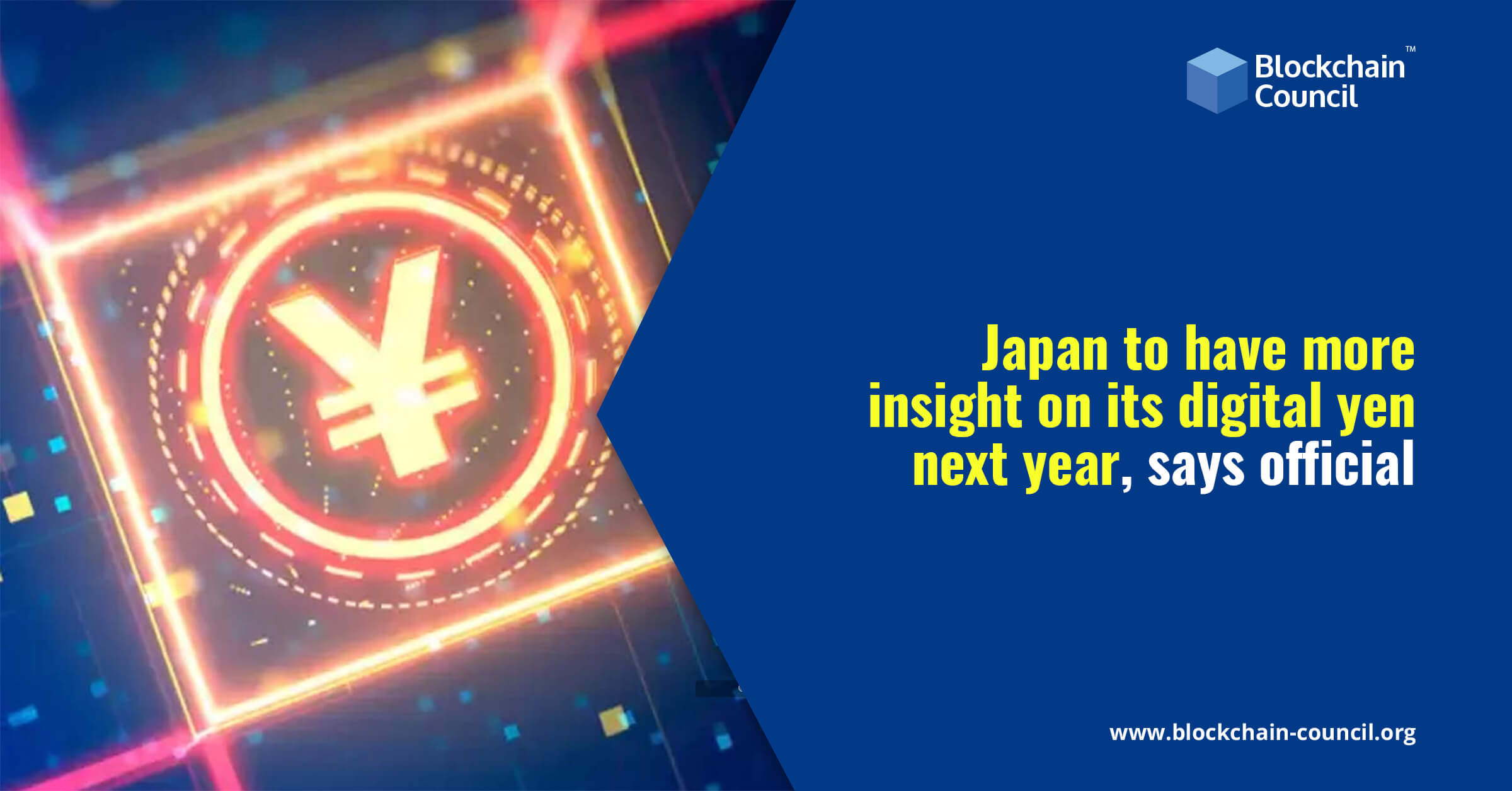
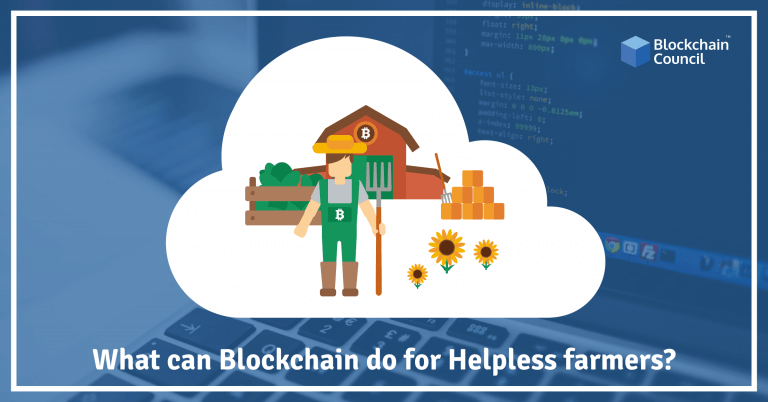
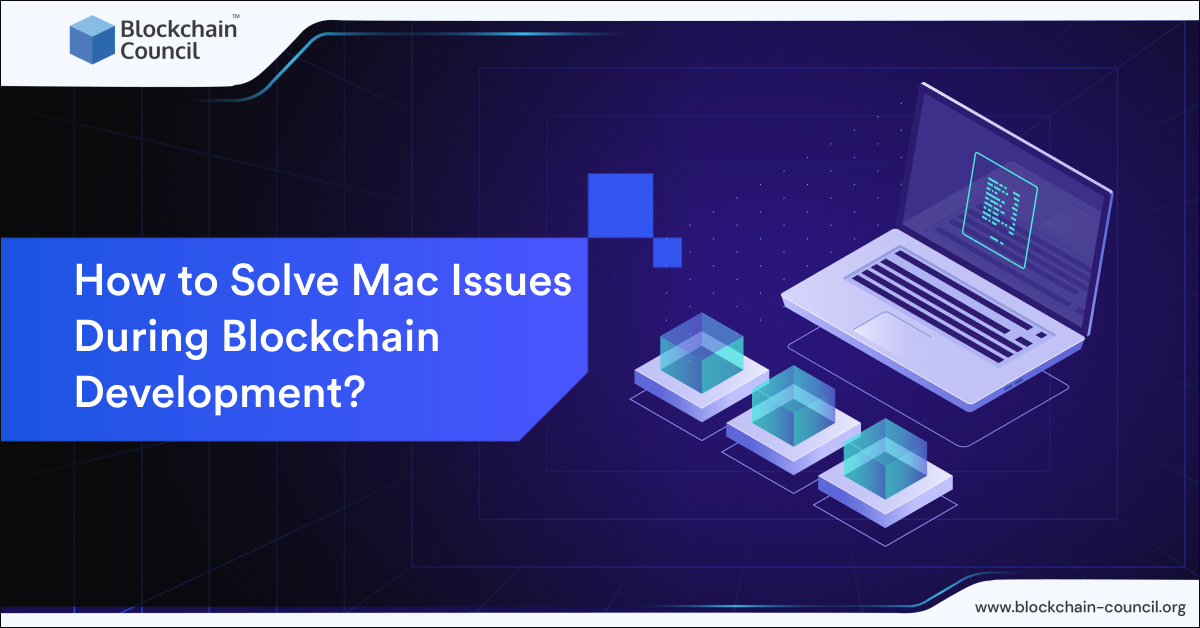
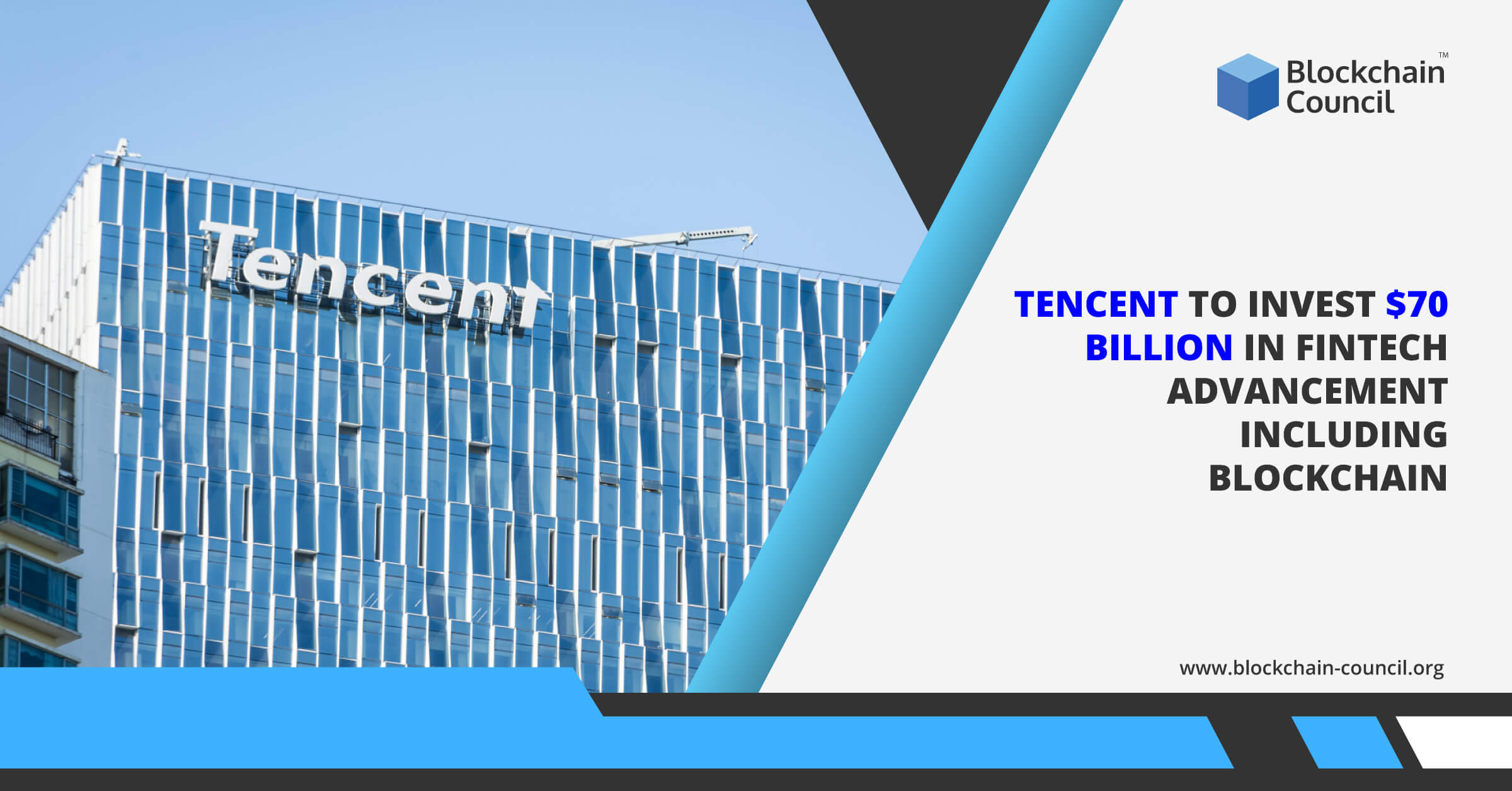
 Guides
Guides News
News Blockchain
Blockchain Cryptocurrency
& Digital Assets
Cryptocurrency
& Digital Assets Web3
Web3 Metaverse & NFTs
Metaverse & NFTs
